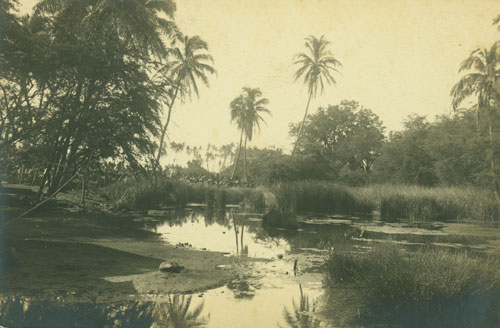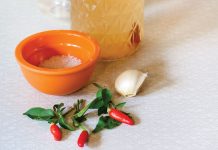Story by Jill Engledow
 The dusty, abandoned ball field that is Lahaina’s Malu‘ulu o Lele Park once was a spring-fed fishpond surrounding a private royal island, traditional home of Maui kings. The island, Moku‘ula, was the epicenter of high society in a neighborhood where chiefs closest to the king lived nearest him, those of next-lowest rank in the next circle, and so on.
The dusty, abandoned ball field that is Lahaina’s Malu‘ulu o Lele Park once was a spring-fed fishpond surrounding a private royal island, traditional home of Maui kings. The island, Moku‘ula, was the epicenter of high society in a neighborhood where chiefs closest to the king lived nearest him, those of next-lowest rank in the next circle, and so on.
What attracted these nobles? In ancient times, water was wealth. Before nineteenth-century sugar planters diverted streams to irrigate cane fields, the sunny town of Lahaina (once called Lele) was graced with irrigation canals and fishponds that produced an abundance of food. Great groves of breadfruit trees provided pleasant shade, offshore waters were rich with fish, and the surfing was great. What more could an aristocrat of old Hawai‘i ask for?
A refuge for Kamehameha III, who struggled to adapt during a time of overwhelming change, Moku‘ula fell into disuse when the court moved to the growing commercial center of Honolulu. The pond grew stagnant and eventually was filled in, while Lahaina became first a sugar town and then a tourist destination. Today, the nonprofit Friends of Moku‘ula is working to restore the fishpond and the island that once were the sparkling center of a noble neighborhood.





